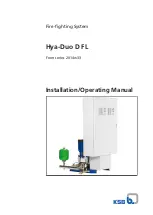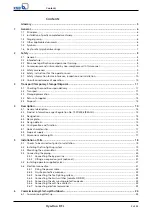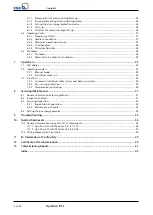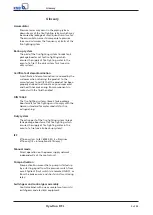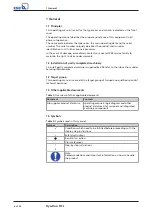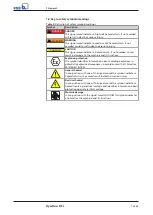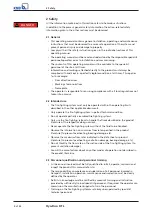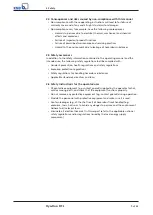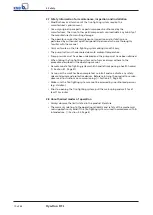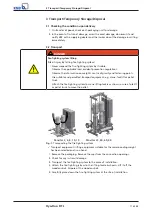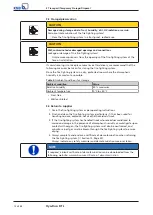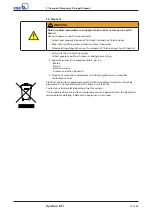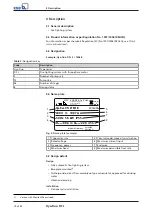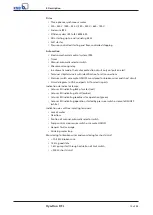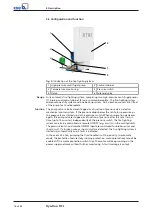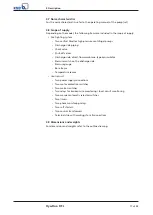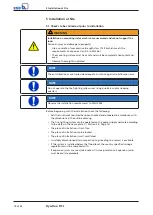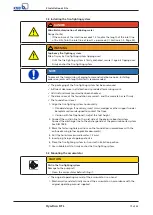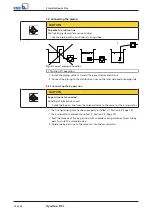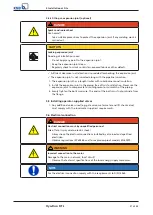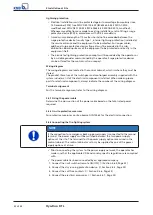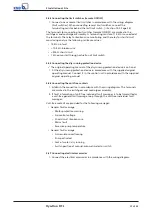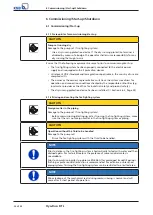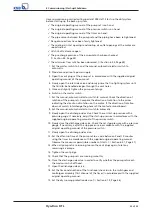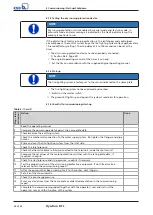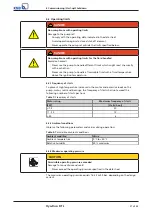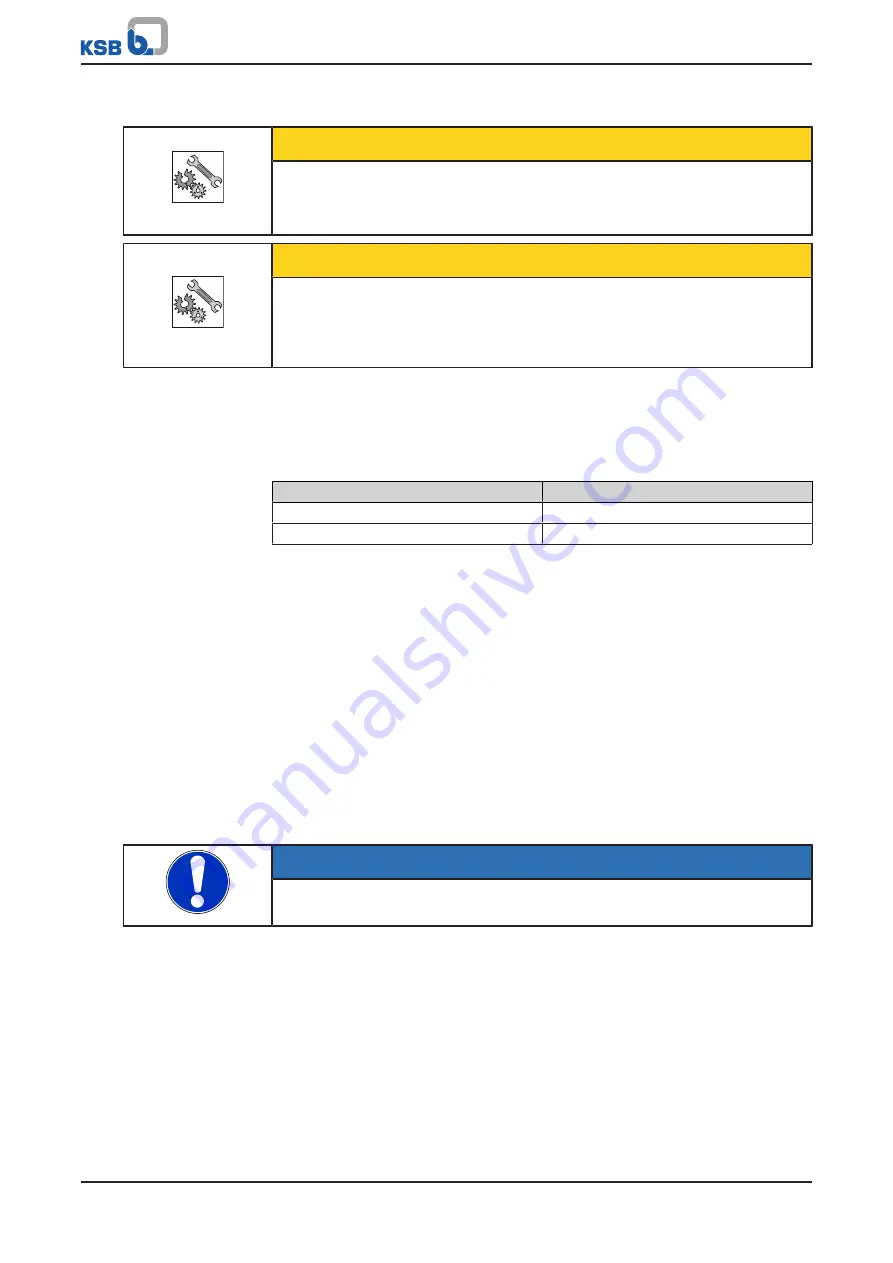
3 Transport/Temporary Storage/Disposal
12 of 44
Hya-Duo D FL
3.3 Storage/preservation
CAUTION
Damage during storage due to frost, humidity, dirt, UV radiation or vermin
Corrosion/contamination of the fire-fighting system!
▷
Store the fire-fighting system in a frost-proof, roofed area.
CAUTION
Wet, contaminated or damaged openings and connections
Leakage or damage of the fire-fighting system!
▷
Only remove caps/covers from the openings of the fire-fighting system at the
time of installation.
If commissioning is to take place some time after delivery, we recommend that the
following measures be taken for storing the fire-fighting system:
Store the fire-fighting system in a dry, protected room where the atmospheric
humidity is as constant as possible.
Table 4:
Ambient conditions for storage
Ambient condition
Value
Relative humidity
50 % maximum
Ambient temperature
0 °C to +40 °C
▪
Frost-free
▪
Well-ventilated
3.4 Return to supplier
1. Drain the fire-fighting system as per operating instructions.
2. Flush and clean the fire-fighting system, particularly if it has been used for
handling noxious, explosive, hot or other hazardous fluids.
3. If the fire-fighting system has handled fluids whose residues could lead to
corrosion damage in the presence of atmospheric humidity or could ignite upon
contact with oxygen, the fire-fighting system must also be neutralised, and
anhydrous inert gas must be blown through the fire-fighting system to ensure
drying.
4. Always complete and enclose a certificate of decontamination when returning
the fire-fighting system. (
Always indicate any safety measures and decontamination measures taken.
NOTE
If required, a blank certificate of decontamination can be downloaded from the
following web site:

